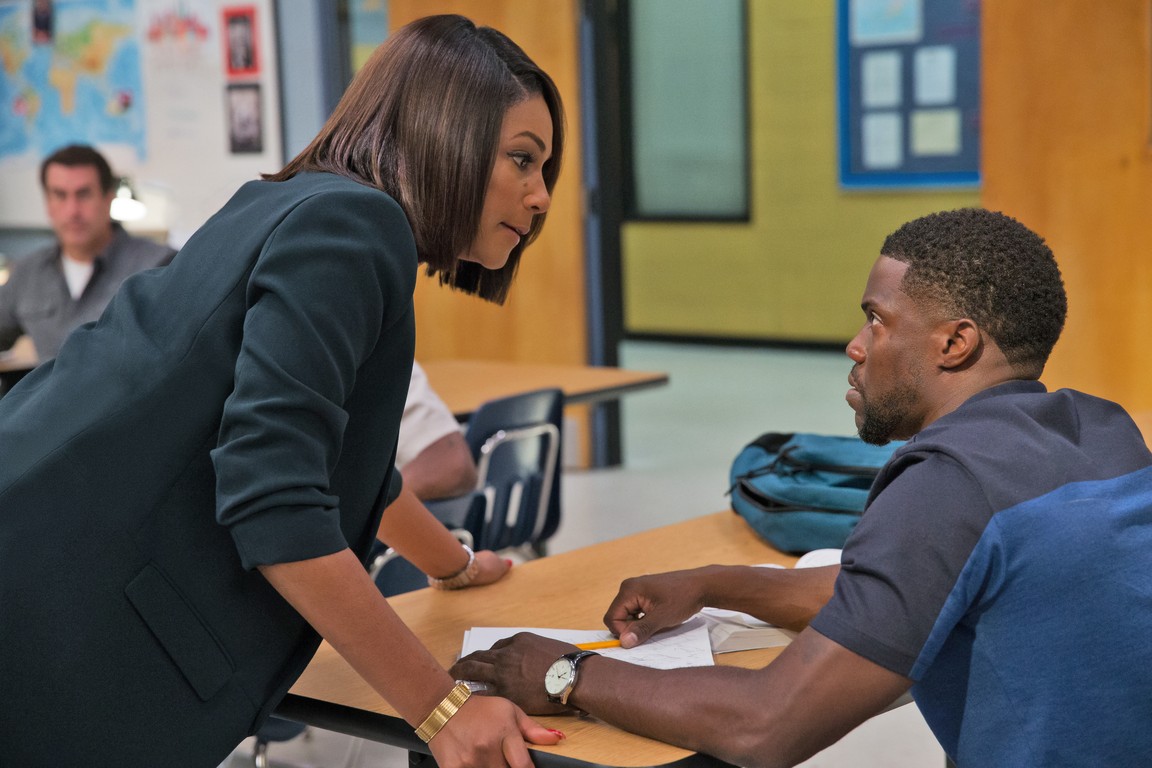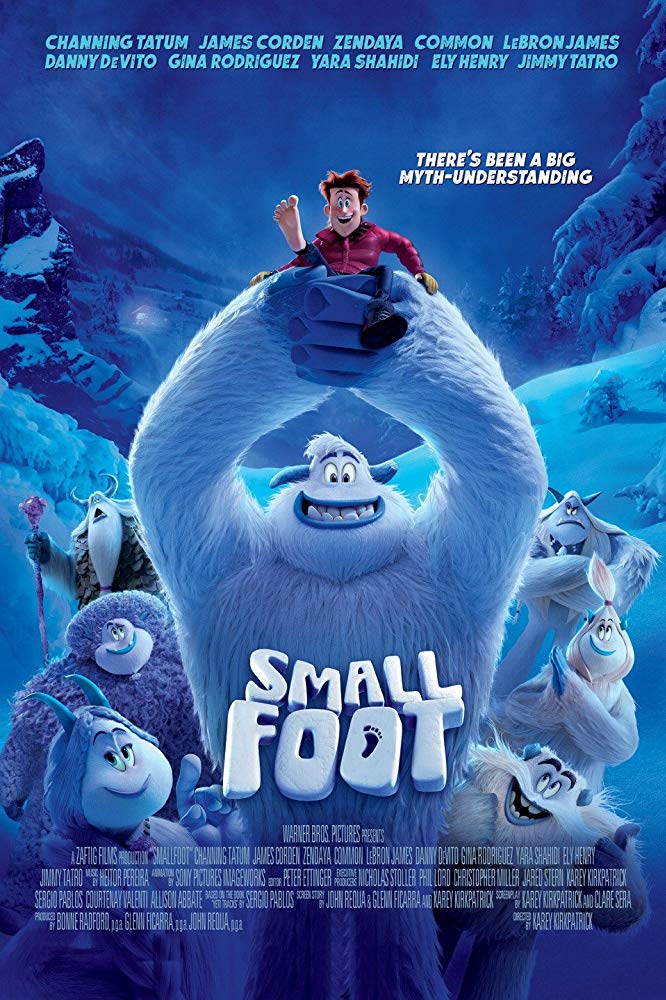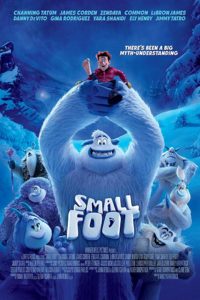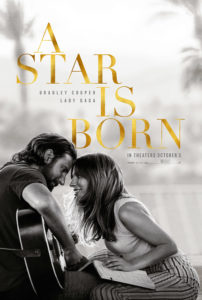Stream Free Movies from the Library of Congress
Posted on September 28, 2018 at 10:37 am
The Library of Congress has announced that it has digitized hundreds of hours of motion pictures that will be freely available on the newly launched National Screening Room website. Most of the content in the National Screening Room is in the public domain. Movies that the Library believes to be in the public domain are fully downloadable. Permissions were granted for the inclusion of copyrighted motion pictures, which are only available as streaming files.
This digital offering showcases the wealth and diversity of the Library’s vast moving image collections. The Library has the largest and most comprehensive archive of moving images in the world, totaling more than 1.6 million items. The first phase of the project will feature 281 titles and new content will be added to the National Screening Room every month. .
“The goal of this digital project is to present the public with a broad range of historical and cultural audio-visual materials that will enrich education, scholarship and lifelong learning,” said curator Mike Mashon, head of the Library’s Moving Image Section. “The National Screening Room is designed to open up the Library’s collections, making otherwise unavailable movies freely accessible to viewers nationwide and around the world.”
In celebration of the 120th anniversary of George Gershwin’s birth on Sept. 26, the National Screening Room features 17 home movies of George and Ira Gershwin filmed in 1928–1939. These provide rare glimpses of the Gershwin brothers, sometimes working but primarily socializing with family and famous friends.
“The Gershwin home movies, long held in Ira Gershwin’s Beverly Hills archive, contain amazing images of interest to historians and fans alike,” said Michael Owen, consulting archivist of the Ira and Leonore Gershwin Trusts. “I’m overjoyed that the Library of Congress has digitized this collection and is now making it available for viewing via its National Screening Room website.”
One highlight of the Gershwin collection includes five reels of a party for Liza Minnelli on her second or third birthday. Ira Gershwin, Liza’s godfather, hosted the party at his home in Beverly Hills in 1948. Partygoers also included Liza’s mother Judy Garland, Harold Arlen, Sid Luft and Arthur Freed. There is also behind-the-scenes footage of Fred Astaire’s performance in the 1937 “Slap That Bass.”
Other collection highlights include:
33 issues of the “All-American News” (1942-1945), a newsreel made specifically
for African-American audiences during the mid-20th century;
A 1953 training film for midwives;
A corset commercial;
President McKinley taking the oath of office;
103 titles from the Library’s Paper Prints Collection, including several shorts directed by D. W. Griffith for Biograph Company;
Historical and iconic figures such as Theodore Roosevelt, Frank Sinatra, Mary McLeod Bethune, Adam Clayton Powell and Art Carney;
Titles named to the National Film Registry because of their cultural, historical and aesthetic significance;
A selection of films about mental health released in the 1950s.
Mashon is also working with the Library’s team of educators to develop lesson plans for the classroom and other educational initiatives. Some primary source sets will examine the Harlem Renaissance, Industrial Revolution, Dust Bowl, Jim Crow and segregation, scientific data, Spanish-American War, World War I, Mexican-American communities, immigration, women’s history, children’s lives at the turn of the 20th century, symbols of the U.S. and many more.
The Library of Congress is the world’s largest library, offering access to the creative record of the United States – and extensive materials from around the world – both on-site and online. It is the main research arm of the U.S. Congress and the home of the U.S. Copyright Office. Explore collections, reference services and other programs and plan a visit at loc.gov; access the official site for U.S. federal legislative information at congress.gov; and register creative works of authorship at copyright.gov.







